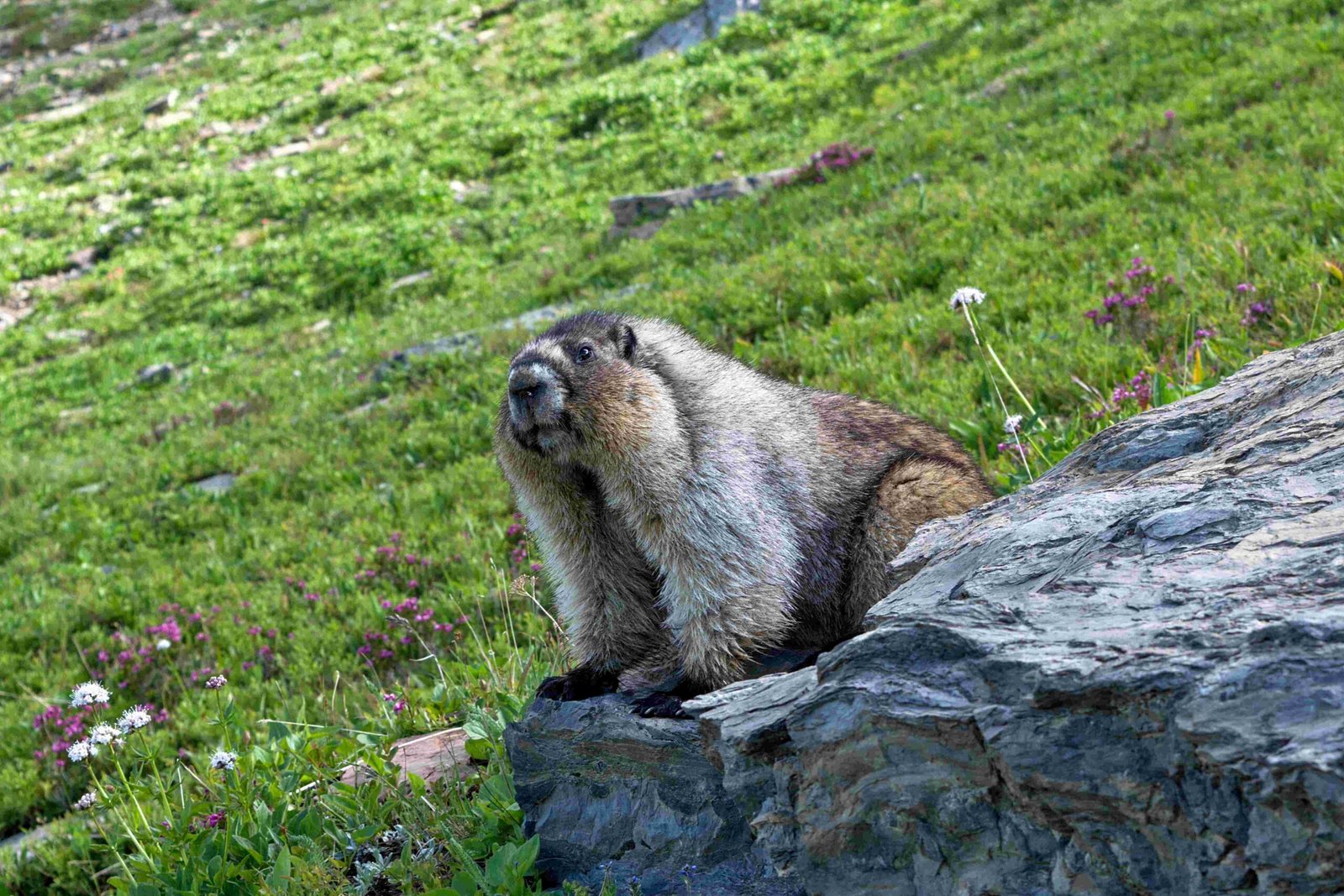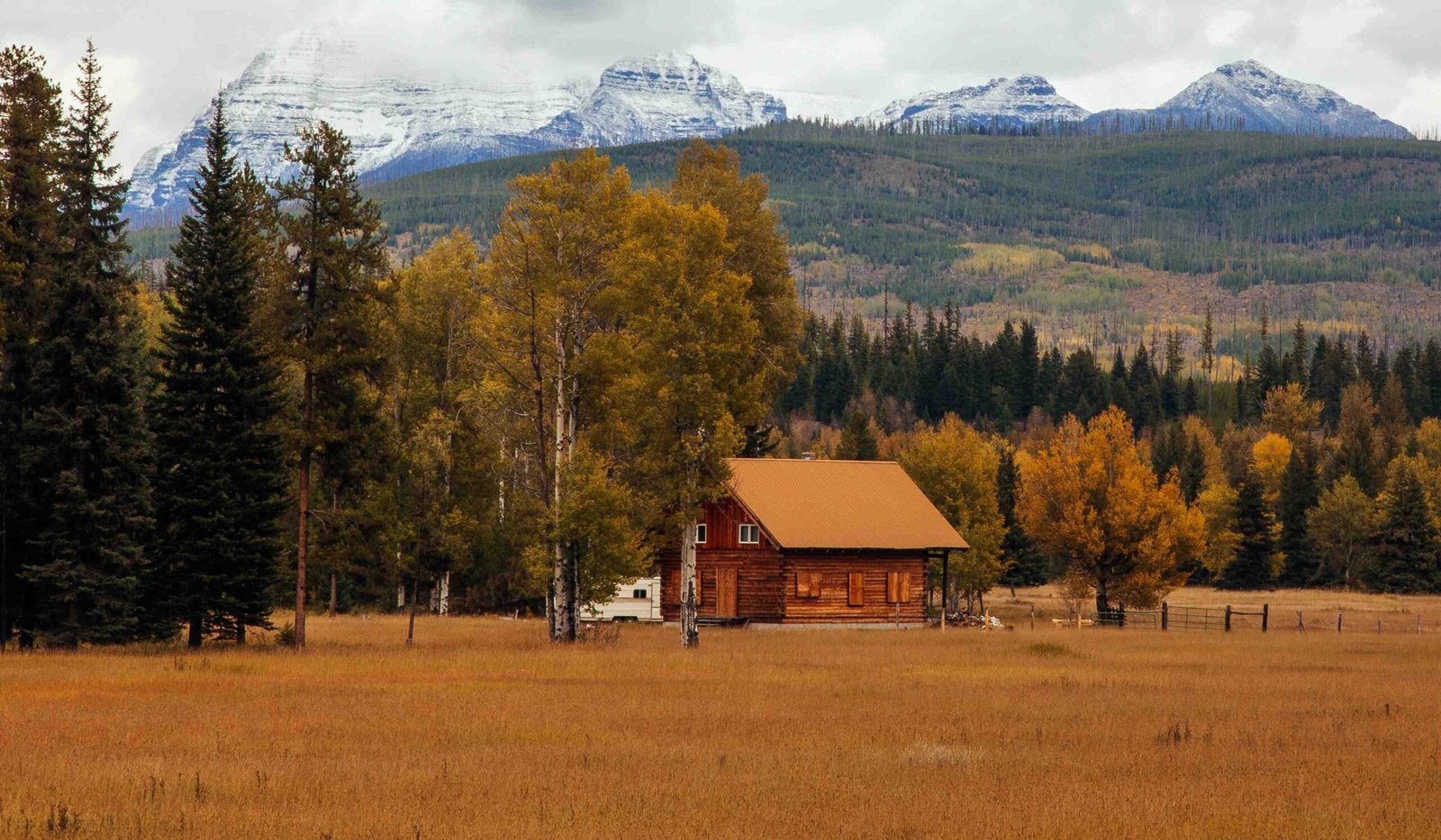Glacier National Park, established in 1910, holds immense historical and cultural significance. With a rich history spanning over 10,000 years, the park has been home to various indigenous tribes, witnessed European exploration, and played a crucial role in conservation efforts. Its diverse landscapes and cultural heritage sites offer visitors a unique glimpse into the past and present of this remarkable region.
What Are the Key Historical Landmarks in Glacier National Park?

Glacier National Park boasts several historical landmarks that showcase its rich cultural heritage:
- Museum of the Plains Indian:
- Location: Browning
- Features: Exhibits on historic clothing, horse gear, weapons, and household implements
-
Significance: Showcases the arts of Northern Plains tribal peoples
-
Blackfeet Historic Trail:
- Significance: Highlights the historical and cultural importance of the Blackfeet Nation
-
Features: Sites important for tribal cultural and spiritual practices
-
Historic St. Mary’s Mission:
- Location: Stevensville
- Features: Guided tours of the mission, grounds, and Chief Victor’s cabin
-
Significance: Portrays the convergence of Salish and European cultures
-
Travelers’ Rest State Park:
- Historical Use: Campsite for Lewis and Clark Expedition
- Original Use: Campsite and trail junction for Salish, Pend d’Oreille, and Nez Perce tribes
How Has Human Presence Shaped Glacier National Park’s History?

The human history of Glacier National Park spans millennia:
- Ancient Inhabitants (10,000+ years ago):
- Archaeological evidence suggests human presence dating back over 10,000 years
-
Early inhabitants were likely ancestors of current indigenous tribes
-
European Exploration and Trading (1700s):
- Arrival of European trappers
- Initiation of trade between European settlers and tribal communities
-
Marked the beginning of significant external influence on indigenous cultures
-
Lewis and Clark Expedition (1806):
- Expedition came within 50 miles of the current park area
-
Further opened the region to European-American exploration and settlement
-
Reservation Establishment (Late 1800s):
- Treaties signed confining tribes to reservations
- Establishment of Blackfeet Indian Reservation and Flathead Indian Reservation
-
Significant impact on indigenous peoples’ lives and traditions
-
Creation of Glacier National Park (1910):
- Advocated by George Bird Grinnell
- Provided added protection to the area
- Altered indigenous peoples’ use of traditional lands
What Cultural Heritage Sites Can Visitors Explore in Glacier National Park?
Glacier National Park offers several cultural heritage sites for visitors to explore:
- St. Mary Visitor Center:
- Exhibits: Showcase park from the perspective of original inhabitants
-
Program: Native America Speaks – visitors hear from tribal members
-
Sun Tours:
- Led by: Members of the Blackfeet Nation
-
Offers: Insights into park’s history and cultural significance from tribal perspective
-
Glacier Peaks Casino and Associated Facilities:
- Location: Browning
- Features: Casino, Jackpot Restaurant, Lucky’s Lounge, Glacier Grind
- Significance: Glimpse into modern tribal life and economic activities
How Can Visitors Respectfully Experience the Park’s Cultural Heritage?
To respectfully experience Glacier National Park’s cultural heritage, visitors should:
- Respect Restricted Areas:
- Some areas on reservations may be prohibited to non-tribal members
-
Obey signage indicating restricted areas
-
Participate in Guided Tours:
- Sun Tours: Offers Blackfeet perspective on the park
- Native America Speaks Program: Available at St. Mary Visitor Center
-
Guided Tours at Historic St. Mary’s Mission
-
Be Aware of Costs and Schedules:
- Check with specific tour operators or visitor centers for current information
- Costs and schedules may vary for different programs and tours
What is the Ongoing Cultural Significance of Glacier National Park?
Glacier National Park continues to hold significant cultural importance:
- Preservation of Indigenous Heritage:
- Park serves as a living museum of indigenous cultures
-
Ongoing efforts to incorporate tribal perspectives in park management
-
Educational Opportunities:
- Programs like Native America Speaks educate visitors about indigenous history and culture
-
Interpretive exhibits at visitor centers highlight cultural significance
-
Economic Impact:
- Tourism provides economic opportunities for local tribes
-
Tribal-owned businesses like Sun Tours and Glacier Peaks Casino benefit from park visitors
-
Spiritual and Cultural Practices:
- Some areas within the park remain important for tribal spiritual and cultural practices
-
Park management works to balance preservation with access for tribal members
-
Environmental Stewardship:
- Indigenous knowledge contributes to conservation efforts
- Collaboration between park management and tribes on environmental issues
How Has the Park’s Establishment Affected Indigenous Communities?
The establishment of Glacier National Park has had complex effects on indigenous communities:
- Land Access:
- Restricted access to traditional hunting and gathering grounds
-
Some sacred sites now within park boundaries
-
Cultural Preservation:
- Park designation has helped preserve landscapes important to indigenous cultures
-
Increased public awareness of indigenous history and traditions
-
Economic Opportunities:
- Development of tourism-related businesses
-
Employment opportunities within the park
-
Collaborative Management:
- Increasing efforts to involve tribal representatives in park management decisions
-
Recognition of traditional ecological knowledge in conservation efforts
-
Cultural Revitalization:
- Park programs have contributed to renewed interest in indigenous cultures
- Opportunities for cultural education and transmission to younger generations
The historical and cultural significance of Glacier National Park is a testament to the rich tapestry of human history in this remarkable landscape. From ancient indigenous inhabitants to modern-day visitors, the park continues to be a place of cultural exchange, education, and preservation. As we explore its natural wonders, we also honor the deep cultural roots that make Glacier National Park a truly unique and invaluable part of our national heritage.
References:
1. https://glaciermt.com/tribal-nations
2. https://www.nps.gov/glac/learn/historyculture/tribes.htm
3. http://npshistory.com/publications/glac/glaciers-past.pdf